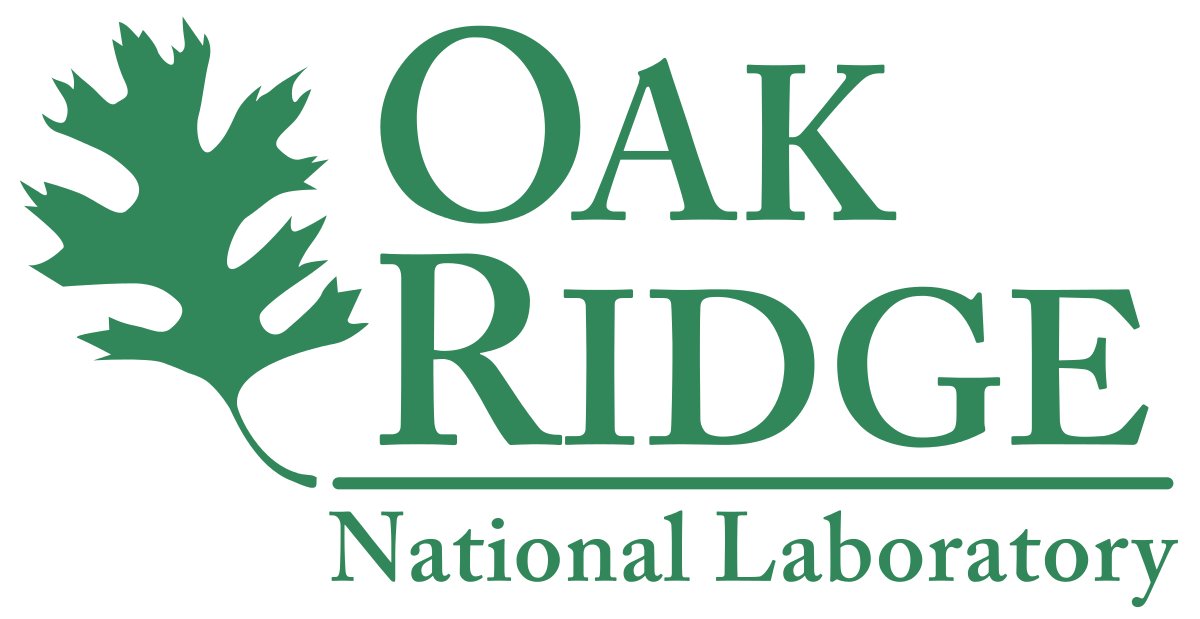Part 2 of 2 Parts
Silicon carbide is a type of engineered ceramic that is already used in armor for tanks and specialized electronics and aerospace applications. However, forging the complicated shapes of nuclear reactor components with such ceramics is extremely difficult when utilizing conventional methods such as machining in which excess ceramic is ground away or casting in which molten materials are poured into a mold.
The new 3D printing technique pioneered at Oak Ridge National Laboratory combines binder jet printing with a special ceramic production process that will allow USNC to print complex geometric shapes from silicon carbide.
Adopting this new 3D printing technique will permit faster and more economical production of reactor components. It should also allow USNC to realize the design of new complex geometries for certain parts that were previously impossible with the old production techniques.
Kurt Terrani is the executive vice president of USNC’s Core division. He said, “USNC’s value proposition is summarized in two points designing inherently safe and highly advanced nuclear-energy systems that are fueled with highly safe and temperature-resistant materials.”
The recently licensed 3D printing technique will be a key part of USNC’s manufacturing process. The company will use it to produce the silicon carbide shells for its nuclear fuel particles. It will also use the new techniques to produce nonfuel structural components for its new reactors. The advanced ceramic-based reactor systems should be safer than traditional reactors that primarily use metallic components.
Terrani says, “Silicon carbide 3D printing is a new technology that offers new possibilities, but it will also require thorough vetting to ensure the resulting materials and their performance meet strict nuclear licensing and regulatory requirements.” The Oak Ridge lab’s researchers have extensively tested these new 3D printed materials outside of and inside of operating nuclear reactors in recent years.
3D printing is not new to the nuclear industry. In 2017, Siemens became the first company to install a 3D printed part in a nuclear power reactor. The new component was a small metallic part for a fire-protection water pump used at a plant in Slovenia. Since then, other members of the nuclear industry have installed bigger 3D printed parts in commercial nuclear reactors. In 2020, Westinghouse installed a 3D printed fuel system component in Exelon’s nuclear power plant in Illinois. In 2021, the Tennessee Valley Authority’s Browns Ferry plant in Alabama received four 3D printed stainless-steel fuel assembly brackets. These brackets were printed at the U.S. Department of Energy’s (DoE) Manufacturing Demonstration Facility at the Oak Ridge National Laboratory (ORNL).
The ORNL is really pushing the envelope with its ambitious plant to construct an entirely 3D printed nuclear reactor core. The demonstration unit of the Transformational Challenge Reactor is scheduled to be operational by 2024. Terrani is the former technical director of the TCR program.
Nuclear Reacteors 997 – Ultra Safe Nuclear Corporation Will Utilize A New 3D Printing Technique Employing Ceramics For Reactor Components – Part 2 of 2 Parts

